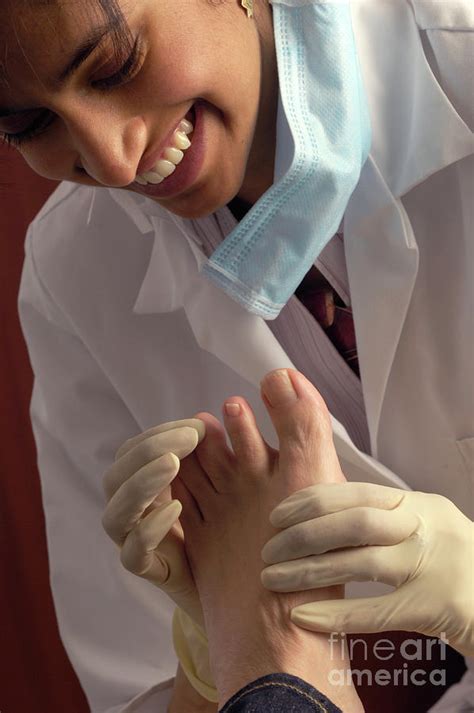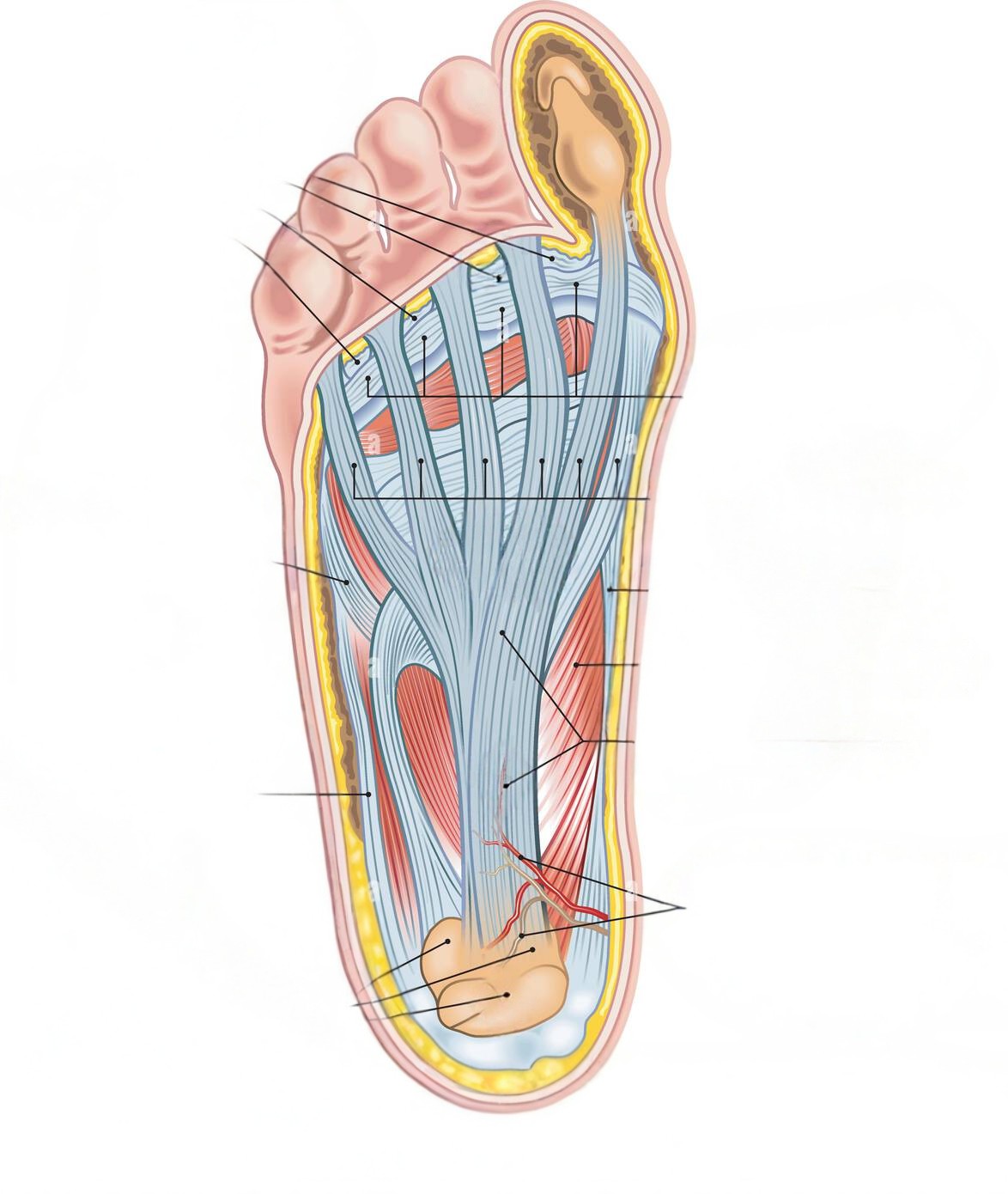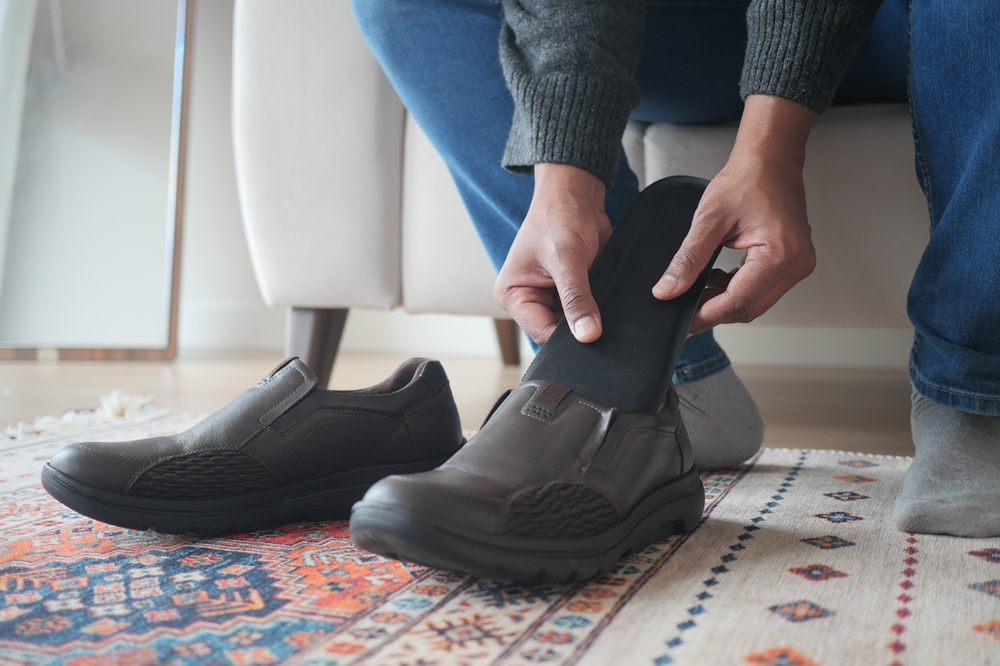
Kaposi’s Sarcoma of the Foot: Atypical Presentation and Surgical Success
Kaposi’s sarcoma (KS) is a rare type of cancer that usually originates in the lining of blood vessels. It most commonly affects the skin, causing reddish-purple lesions that can appear anywhere on the body. While KS can occur in anyone, it’s significantly more prevalent in individuals with weakened immune systems, particularly those with HIV/AIDS. In these cases, KS often manifests on the legs and feet.
However, KS presentations can be highly variable, leading to diagnostic challenges. This blog post explores a fascinating case where KS appeared on the foot as a large skin lesion, and was successfully treated with a rather atypical approach: surgical excision and grafting.
Understanding Kaposi’s Sarcoma
KS arises due to infection with human herpesvirus-8 (HHV-8). While the virus itself is relatively common, it rarely progresses to KS. Factors like a compromised immune system significantly increase the risk. There are four main types of KS:
- Classic KS: This is the most common form, primarily affecting elderly men of Mediterranean descent. It often involves slow-growing skin lesions on the legs and feet.
- Endemic or African KS: This aggressive variant is prevalent in parts of Africa. It typically involves younger men and can spread to internal organs.
- Immunosuppression-associated KS: This type occurs in people with weakened immune systems, such as those with HIV/AIDS or undergoing organ transplantation.
- Iatrogenic KS: This rare form develops after receiving immunosuppressive medications.
Symptoms and Diagnosis of Foot KS
The presence of reddish-purple lesions on the foot is the primary sign of KS. These lesions can be:
- Flat or raised
- Bumpy or smooth
- Painful or painless
- Single or clustered
However, these symptoms alone aren’t enough for diagnosis. Doctors rely on a combination of factors, including:
- Medical history: This helps determine if the patient has any underlying conditions that weaken the immune system.
- Physical examination: The doctor will closely examine the lesions and surrounding tissue.
- Biopsy: A small sample of tissue is extracted and examined under a microscope to confirm the presence of cancerous cells.
- Imaging tests: X-rays, MRI scans, or PET scans may be used to determine if the cancer has spread to internal organs.
Treatment Options for Foot KS
The specific treatment for KS typically depends on the severity and location of the lesions. Here are some common approaches:
- Observation: In some cases, particularly with classic KS, the doctor may recommend monitoring the lesions instead of immediate treatment.
- Medications: Antiretroviral therapy for HIV/AIDS patients can improve immune function and often leads to regression of KS lesions. Topical medications like imiquimod cream may also be used for skin lesions.
- Radiation therapy: This targeted therapy uses high-energy rays to destroy cancer cells. It’s particularly effective for treating small, localized lesions.
- Chemotherapy: In cases of extensive or aggressive KS, chemotherapy medications may be used to kill cancer cells throughout the body.
Atypical Case of Surgical Excision and Grafting
Traditionally, surgical excision isn’t considered a first-line treatment for KS due to the often multifocal nature of the disease. However, a recent medical journal reported a compelling case where surgical excision and grafting proved successful.
The case involved a 62-year-old man with a history of well-controlled HIV who presented with a single, large, and rapidly growing KS lesion on the sole of his foot. The lesion was causing significant pain and interfered with walking.
Due to the size, rapid growth, and localized nature of the lesion, the medical team opted for surgical removal. Following successful excision, a skin graft (substitute) was used to cover the exposed tissue on the foot.
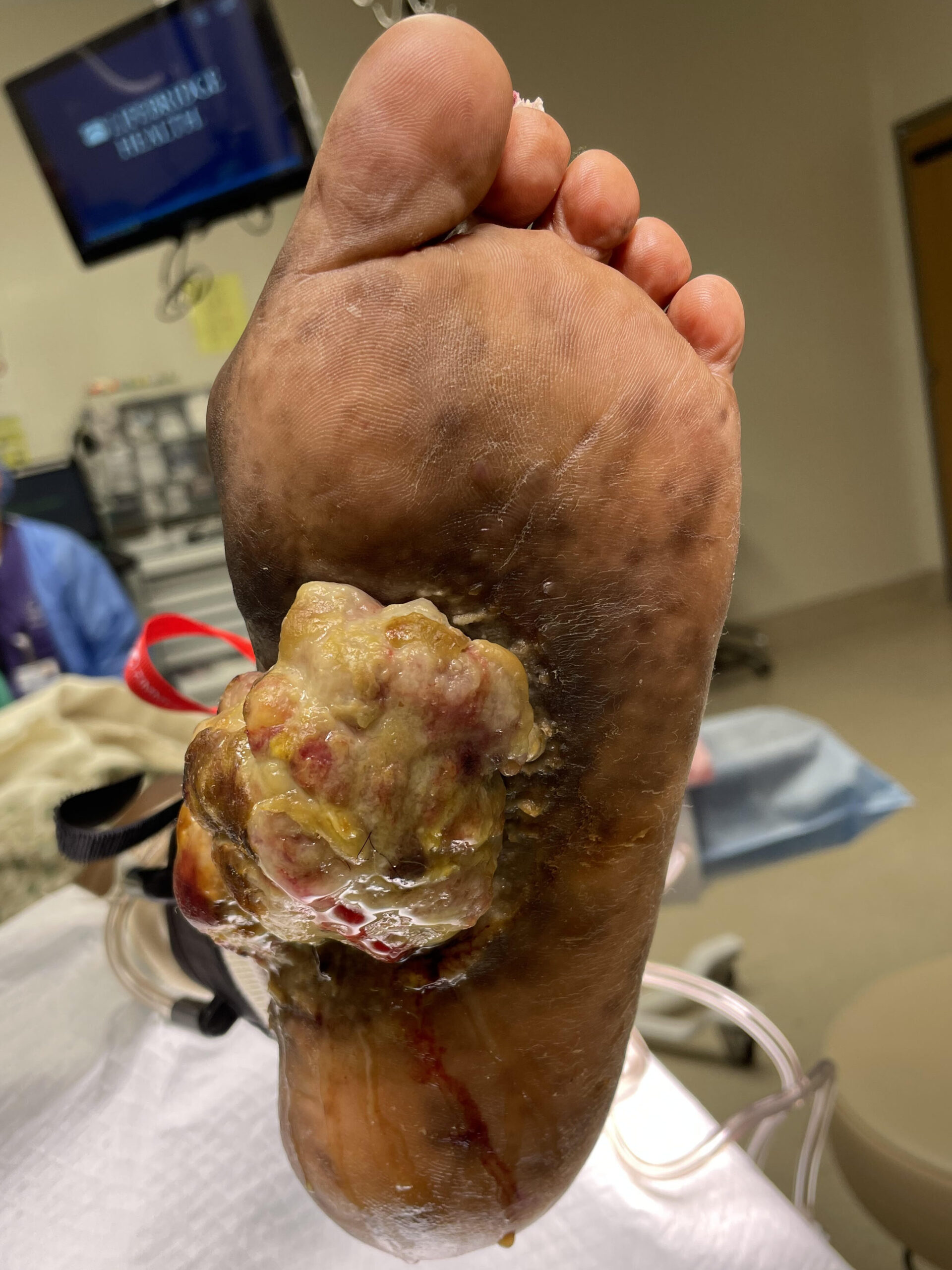
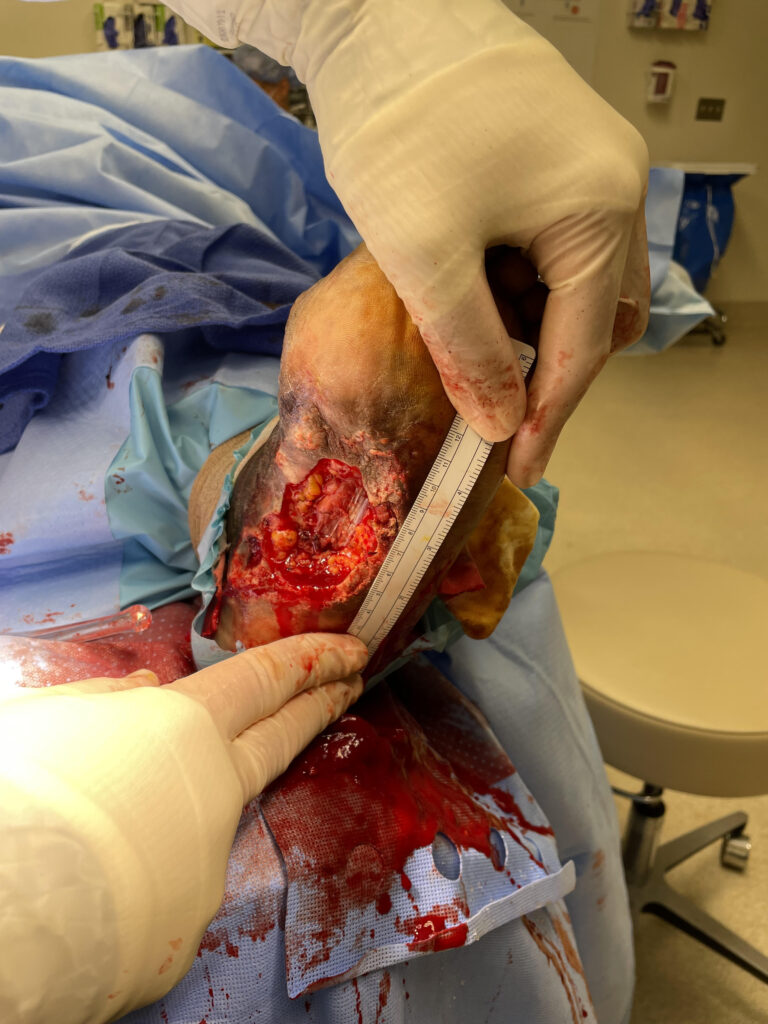
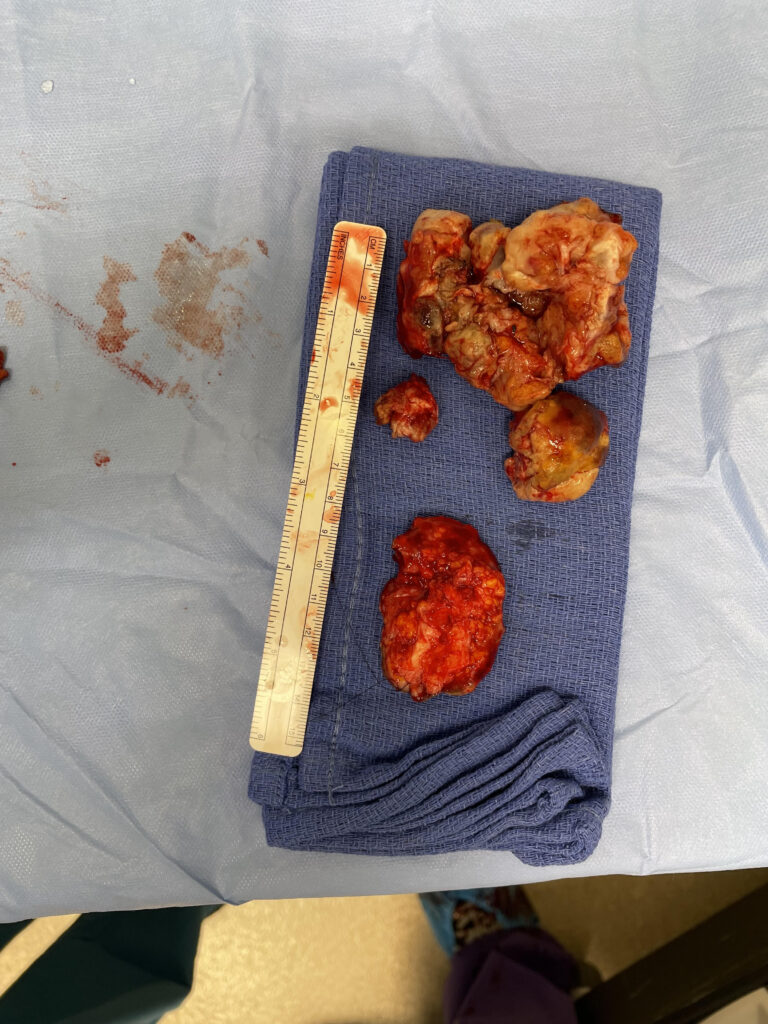
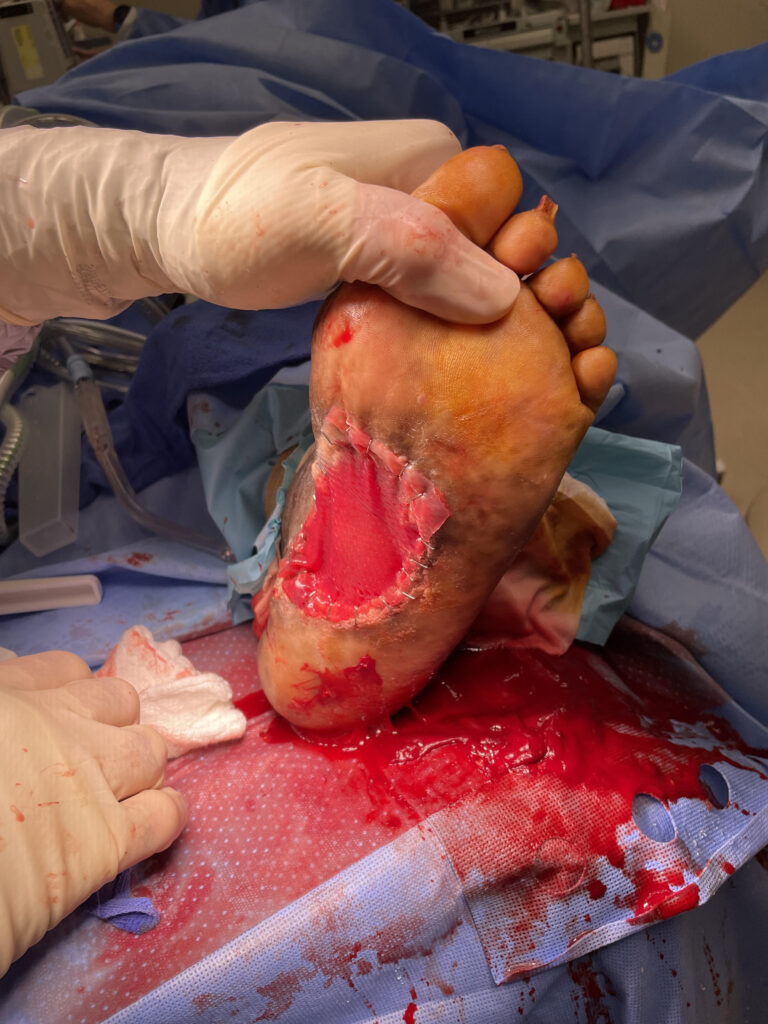
All images provided with permission
Important Considerations
The post-operative course was uneventful, and the patient remained free of recurrence for over two years. This case highlights the potential for surgical intervention in rare instances of well-defined, aggressive, and isolated KS lesions.
It’s crucial to remember that this case represents an atypical presentation of KS. Surgical excision and grafting should not be considered a standard treatment for most KS patients. Additionally, the long-term success rate of this approach requires further investigation with larger studies.
Ultimately, the best treatment plan for KS is determined by a healthcare professional based on individual factors.
Conclusion
Kaposi’s sarcoma can manifest on the foot, causing reddish-purple lesions and potentially impacting mobility. While most cases are managed with medications or radiation therapy, a recent case report demonstrates the potential success of surgical excision and grafting in select, well-defined situations. If you have concerns about suspicious lesions on your feet, it’s vital to consult a doctor for prompt diagnosis and appropriate treatment
- #KaposiSarcoma
- #CancerAwareness
- #FightKS


